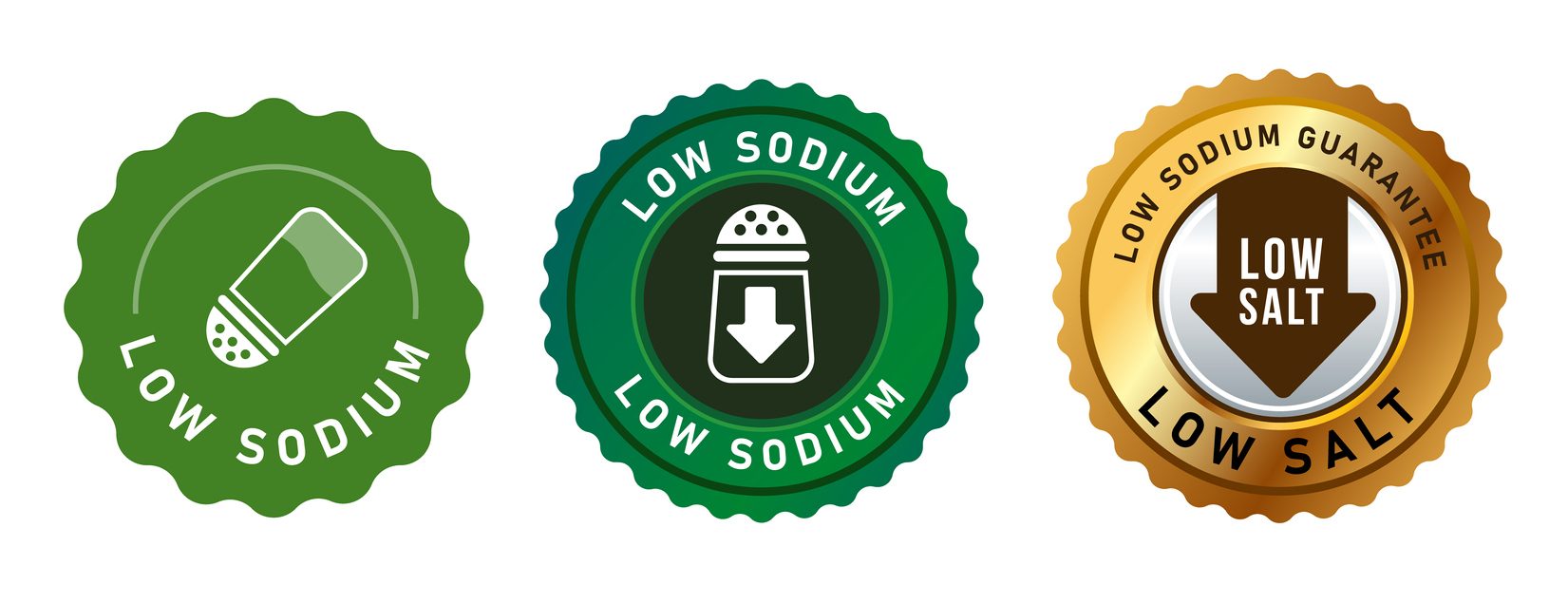
Shaking it up: Salt reduction - what do we do next?
By Xuejun Yin, Dike Bevis Ojji, Bruce Neal
The co-authors believe increasing the use of salt substitutes in low- and middle-income countries such as China and Nigeria could play an important role in lowering blood pressure, and protecting hearts and brains, with widespread uptake having the potential to save millions of lives each year at a low cost.
Why focus on salt substitution?
It is estimated that 1.7 million deaths each year are attributed to excess sodium intake – consuming too much salt – and the detrimental effects this has on blood pressure and cardiovascular disease. Four of every five salt-related deaths occur in low- and middle-income countries. Strategies to encourage less salt in processed foods have been established by working with the food industry, but have had generally limited impact and may not be very useful in low- and middle-income countries, like China and Nigeria, where most sodium comes from salt used in cooking and food preparation at home. Other strategies, like replacing regular salt with sodium-reduced salt substitute, may present an opportunity. There is a wealth of evidence from randomised trials describing beneficial effects of using salt substitutes on blood pressure among diverse populations. The recently published Salt Substitute and Stroke Study (SSaSS) further proved that salt substitution can protect people from stroke, heart disease and premature death.[1] The results of this study have the potential to transform the global approach to sodium reduction.
Are salt substitutes available, accessible, and affordable?
Salt substitute products are available in many countries but used infrequently. A recent environmental scan of salt substitutes[2] found 87 salt substitutes available in 47 out of 195 (24%) countries worldwide. Those salt substitutes vary in composition with the proportion of sodium chloride ranging from 0% sodium (sodium-free) to 88% sodium. Sodium chloride is mostly substituted with potassium chloride but sometimes also magnesium sulphate and other minerals. The potassium chloride content salt of identified salt substitute ranged from 0% to 100%. Prices of salt substitutes varied between USD $0.46/kg and USD $87.00/kg depending on manufacturers but were on average about 1-2 times higher than regular salt. But in almost all settings still a very low cost commodity.
What factors would influence the adoption of salt substitutes in population?
The George Institute recently completed a study[3] identifying barriers and opportunities for the scale-up of salt substitute use to help understand how best to promote the use of salt substitutes worldwide. In-depth interviews were conducted with academia, the salt industry and government representatives. These key informants noted that the taste and price of salt substitutes compared to regular salt, were key factors likely to influence how widely salt substitutes would be adopted. Awareness of the health benefits of replacing salt with salt substitute was also identified as critical. From the perspective of industry, there was concern about low demand and the profitability of salt substitutes.
What do we do next?
The next question is how we – as health researchers - can better promote salt substitute to enable low and middle- income countries to achieve a reduction in population sodium intake. We believe that achieving adoption of salt substitutes will need a multifaceted approach:
1. Work with the salt industry to make salt substitutes available in every market and increase the market share of salt substitutes.
2. Encourage governments to regulate the price and labelling of salt substitutes or provide a subsidy to equalise the price between salt substitute and regular salt.
3. Work with media to deliver campaigns to increase consumer knowledge about the health benefits and influence their attitude and behaviour towards salt substitutes.
We – the co-authors- believe salt substitutes can play an important role in reducing sodium, increasing potassium, and thereby lowering blood pressure and protecting hearts, brains and kidneys. Incorporating salt substitutes into population salt reduction strategies has the potential to save millions of lives in the world at a low cost.
About the authors
Xuejun Yin has been involved in multiple research projects including the recent ground-breaking study on salt substitutes that shows how a simple salt swap can save millions of lives worldwide, and is a PhD candidate at The George Institute China, working in the Food Policy team.
Dike Bevis Ojji’s areas of interest include pharmacotherapy of hypertension, spectrum of hypertensive heart disease, hypertensive heart failure in native Africans. Dike holds a PhD in Cardiovascular Medicine from the University of Cape Town, South Africa. He is a faculty at College of Health Sciences of University of Abuja and an Honorary Consultant Physician/Cardiologist, at University of Abuja Teaching Hospital, Gwagwalada, Abuja, Nigeria.
Bruce Neal is a UK-trained physician who has 25 years’ experience in clinical, epidemiological, and public health research with a focus on heart disease, stroke and diabetes. Bruce Neal is Executive Director at The George Institute for Global Health Australia; and Professor of Medicine, UNSW Sydney
[1] Neal B, Wu Y, Feng X, Zhang R, Zhang Y, Shi J, Zhang J, Tian M, Huang L, Li Z, Yu Y. Effect of salt substitution on cardiovascular events and death. New England Journal of Medicine. 2021 Sep 16;385(12):1067-77.
[2] Yin X, Liu H, Webster J, Trieu K, Huffman MD, Miranda JJ, Marklund M, Wu JH, Cobb LK, Li KC, Pearson SA. Availability, formulation, labelling, and price of low-sodium salt worldwide: environmental scan. JMIR public health and surveillance. 2021 Jul 14;7(7):e27423.
[3] Yin X, Tian M, Sun L, Webster J, Trieu K, Huffman MD, Miranda JJ, Marklund M, Wu JH, Cobb LK, Chu H. Barriers and Facilitators to Implementing Reduced-Sodium Salts as a Population-Level Intervention: A Qualitative Study. Nutrients. 2021 Sep;13(9):3225.




